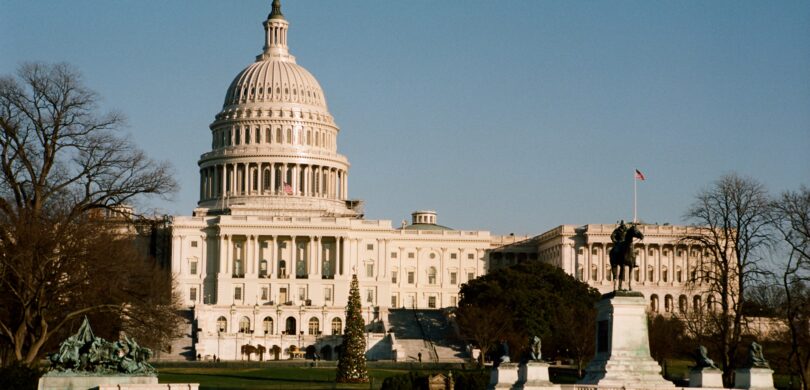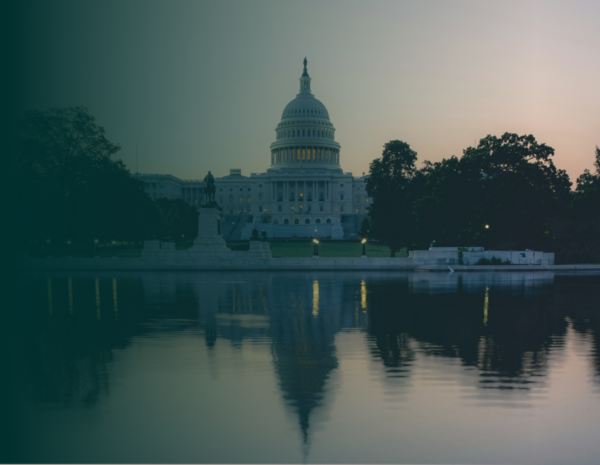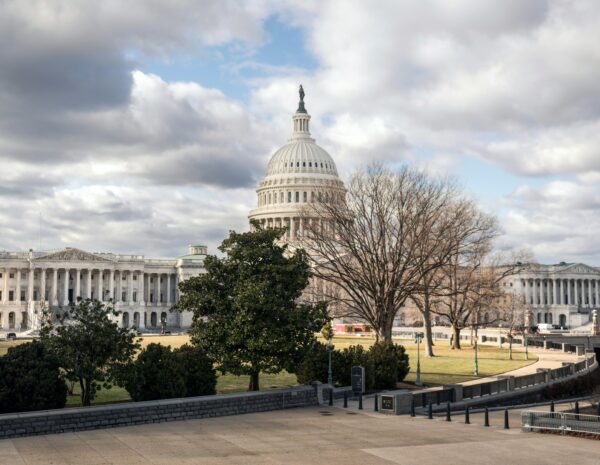In an era marked by political polarization, bipartisanship in Congress seems more like an idealistic dream than reality. Yet, bipartisan legislation shines a light on the possibility of unity in the Congress and beyond. These efforts offer a glimpse into effective governance serving the interests of Americans.
A Divided Congress
The division within the Congress reflects a nation that is ideologically split. In recent years, each party has championed distinct legislative agendas. Democratic priorities have centered on pressing societal challenges. This includes:
- The Inflation Reduction Act, which sought to mitigate skyrocketing living costs
- The Infrastructure Investment and Jobs Act and the CHIPS Act of 2022 both focused on comprehensive infrastructural and technological advancements
- The No Surprises Act, which aimed to protect consumers from unexpected medical bills;
Further Democratic priorities included combating inflation, addressing energy costs, and promoting clean energy.
Republican efforts have revolved around different focal points. The Healthy Future Task Force proposed healthcare reforms. The Task Force aimed to provide Americans with more choices and lower costs. The party also pushed broader economic strategies, like the Tax Cuts and Jobs Act. Republicans have also advocated for reengagement in global trade agreements. This includes the Trans-Pacific Partnership.
Breaking the Gridlock
Political gridlock is not an insurmountable impasse. Bipartisanship is possible, even in our current divided political landscape. Strategic collaborations and mutual concessions have paved the way for landmark bipartisan achievements.
Bipartisanship in Congress
Instances of bipartisan agreement have not been as scarce as one might presume. Significant legislation emerged as products of cooperative legislative efforts. This includes the Fiscal Responsibility Act of 2023 and the Bipartisan Defense Bill. Common ground, though often elusive, is attainable and can lead to policy advancements.
Bipartisan Legislators in Congress
The Problem Solvers Caucus consists of both Democrats and Republicans. Caucus members worked to craft and forward cooperative solutions. Beyond the caucus, figures from both sides of the aisle have occasionally eschewed party lines to pursue the greater public good.
Looking Ahead: Bipartisanship in Congress
As the 2024 elections approach, the political arena may experience heightened partisan tensions. Complex foreign relations dynamics present further challenges to bipartisan efforts. This includes the ongoing conflicts in Israel and Ukraine. Yet, these obstacles also offer opportunities for unity. Addressing shared concerns and forging a collective front may draw bipartisan support.
Understanding and appreciating the implications of bipartisanship are crucial for the electorate. Cooperative politics doesn’t just shape legislative outcomes. It defines the health of our democratic institutions and the well-being of our nation. As we move toward another election cycle, the American public holds the key to endorsing a more collaborative political future.



